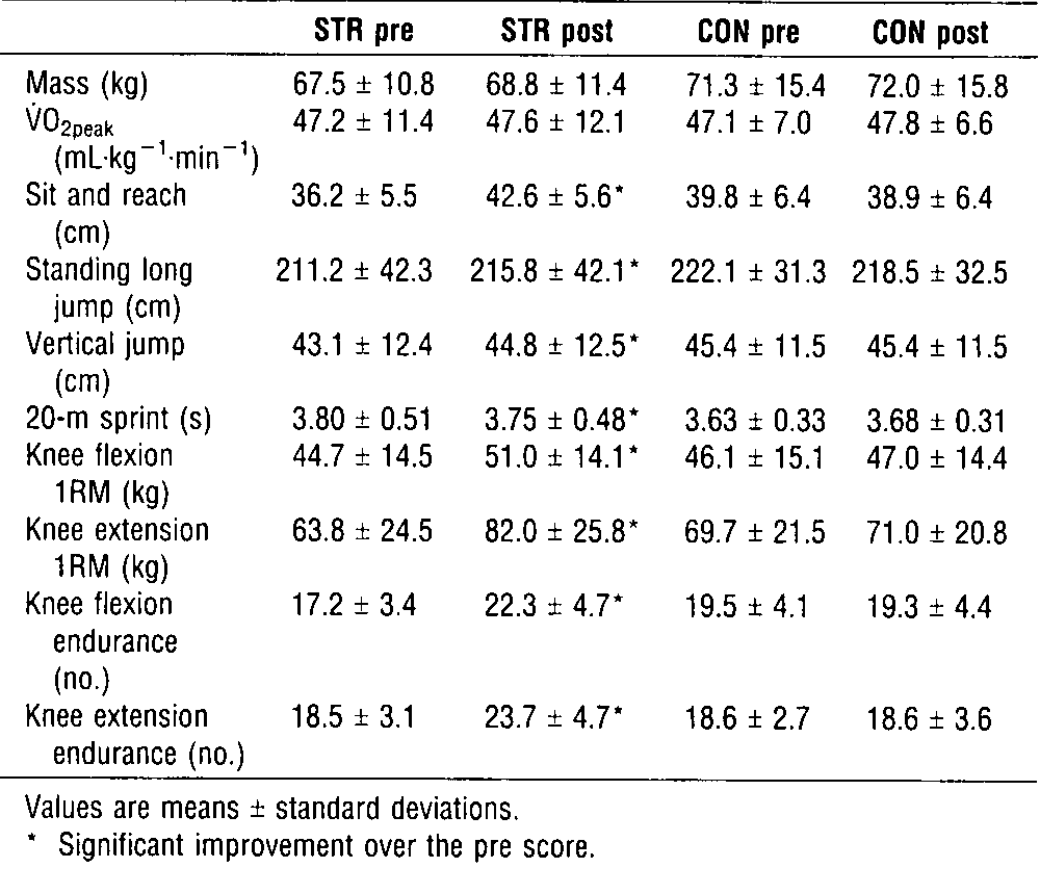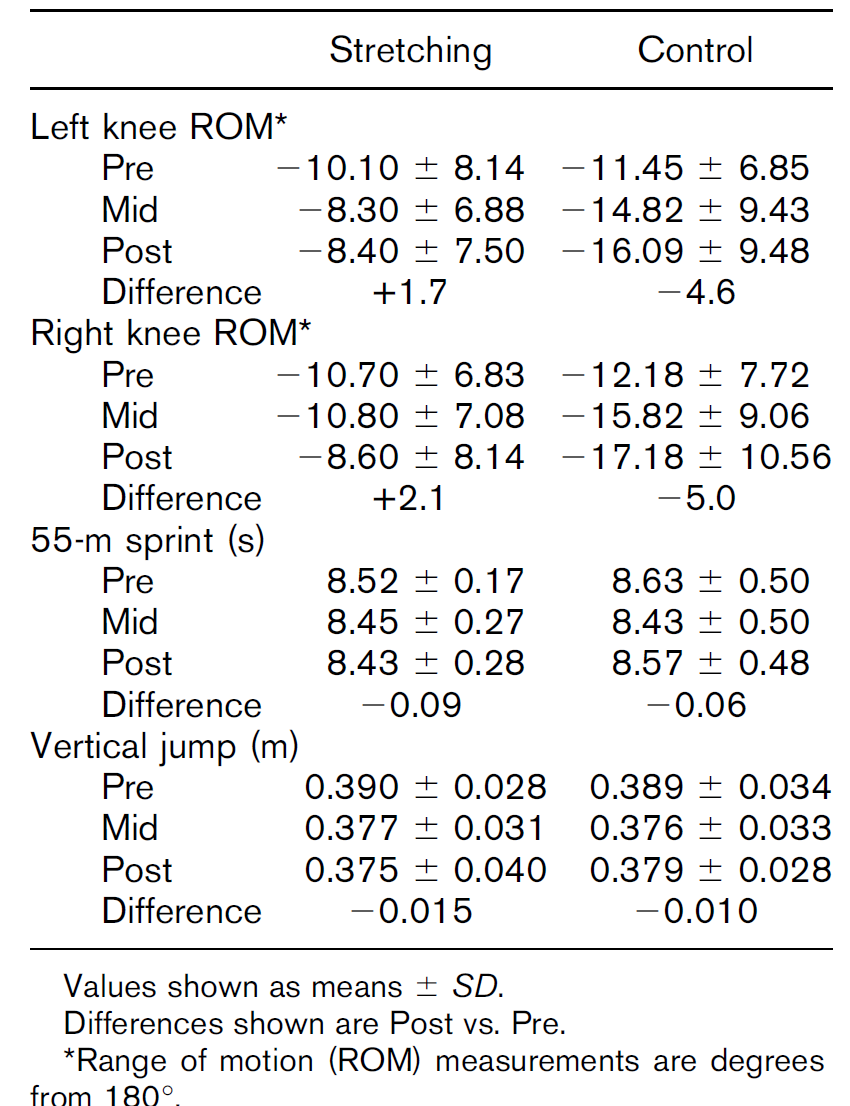Skeletal muscles are the basis of all movement in the human body, and athletes work years to train their muscles to be powerful yet efficient. Even if a single muscle could allow a person to lift a car, it would not be very useful if the muscle could no longer create forceful contraction again for several hours. The muscle also must be efficient in the use of oxygen, ions, and other substrates that allow for contraction to be able to quickly recover and be prepared for repeated contraction. Muscle oxygenation is particularly important for both endurance and power of a muscle because it is necessary to produce ATP to power muscle cells to contract. Heart rate and blood oxygen delivery are helpful for getting an idea of an athlete’s efficiency, but they do not tell the whole story for the muscle. At the muscle, the balance between delivery and consumption of oxygen explains its efficiency [1]. To measure muscle oxygen saturation, a technique called near-infrared spectroscopy (NIRS) is used to get real time data to inform athletes of the state of their muscles during training. This is a powerful tool for maximizing athletic gains in muscles from training and to see the state of the muscle over time and after rest.
Early NIRS instrumentation was contained to the lab, but recently portable versions have become more common, which is very important for its use in both the medical and research fields. In medicine, NIR has been used for study of septic shock, free tissue transfer, real-time tissue perfusion during surgery, cancer nanotechnology, and peripheral arterial disease. For this post, the use of NIR in exercise will be highlighted. In exercise, NIRS is a great tool because it is a non-invasive method that can be applied locally to muscles or tissues of interest and provide real time data during exercise. NIRS is highly sensitive to changes in muscle tissue oxygenation [2, 3, 4], and it reflects the balance between oxygen delivery and utilization, unlike measurements of arterial or venous blood samples which have been used previously and are minimally invasive [2]. NIRS works by measuring the percentage of oxygenated hemoglobin to total hemoglobin (oxygenated and deoxygenated hemoglobin) to give muscle oxygenation. Hemoglobin is the main oxygen carrying protein in the blood and can carry 4 oxygen molecules (O2). Oxygenated and deoxygenated hemoglobin scatter NIR light (600-1000 nm) differently, so their relative concentrations can be found from their molecular absorption coefficients. To do this, three to four different wave lengths of light will be used to determine the concentrations of each based on the change in molecular absorption coefficients at different wavelengths (Fig 1). NIR light must be used as it: 1) passes through skin, bone, and most biological tissue, and 2) is the appropriate wavelength where the small amount of absorption that occurs is predominately from hemoglobin (Fig 2) [5]. As the muscle performs work, the muscle oxygenation will decrease as a function of the work and the training of the muscle.
A patent on google patent claims to leverage this technology in a wearable article of clothing for athletes to be able to measure muscle oxygenation real-time (Fig 3) [6]. The patent claims to be a method and apparatus for assessing tissue oxygenation saturation through two main claims that summarize to: a portable apparatus that is a wearable article capable of measuring oxygenation saturation of at least one of a skin dermis layer, adipose layer, or muscular fascial layer of a user during physical activity using at least one near-infrared spectroscopy probe including at least one near-infrared light source and at least one photodetector. In short, the patent is a claim on a portable, wearable NIRS device for tissue oxygenation levels. NIRS has been a research method for decades, so the novel part of this patent lies in the incorporation of this technology into a wearable article of clothing.

Fig4: Figures from patent showing example data of muscle oxygenation average during constant rate running at different grades (top) and real time data from medial gastrocnemius muscle during weighted exercise and unweighted control (bottom)
This patent pertains primarily to the measurement of tissue during exercise (Fig 4). This could be of use for athletes during training to be able to compare what levels of exercise cause certain levels of muscle oxygen saturation loss. For example, highly trained athletes often train at high altitude to reduce oxygen in the air so that their body adapts to becoming more efficient with oxygen usage. This prompts higher performance when returning to normal oxygen levels. Using NIRS could allow them to find a training regime that caused the same hypoxia in muscle without traveling to higher altitude (they will still miss out on some of the pulmonary and cardio vascular advantages that training at altitude can produce). This may also be helpful in rehabilitation as the change in muscle oxygenation is an indicator that the muscle is being used and can inform physical therapists if the patient is engaging the correct muscles during rehab. Additionally, the device may also have merit in the medical realm for monitor muscle oxygenation in patients with chronic heart failure, peripheral vascular disease, chronic obstructive pulmonary disease, and varying muscle diseases [3, 4].
- Patent title: Method and apparatus for assessing tissue oxygenation saturation
- Patent number: US20170273609A1
- Patent filing date: 2017-03-22
- Patent issue date: Patent Pending
- How long it took for this patent to issue: TBD
- Inventor(s): Luke G. Gutwein, Clinton D. Bahler, Anthony S. Kaleth
- Assignee (if applicable): Indiana University Research and Technology Corp
- U.S. classification: A61B5/0075
- How many claims: 20
References and Further Reading
[1] BSX Athletics https://support.bsxinsight.com/hc/en-us/articles/204468695-What-is-muscle-oxygenation-
[2] Bhambhani, Y. N. (2004). Muscle Oxygenation Trends During Dynamic Exercise Measured by Near Infrared Spectroscopy. Can. J. Appl. Physiol., 29(4), 504–523.
[3] Hamaoka, T., Mccully, K. K., Quarisma, V., Yamamoto, K., & Chance, B. (2007). Near-infrared spectroscopy / imaging for monitoring muscle oxygenation and oxidative metabolism. Jounal of Biomedical Optics, 12(6), 1–16. http://doi.org/10.1117/1.2805437
[4] Boushel, R., & Piantadosi, C. A. (2000). Near-infrared spectroscopy for monitoring muscle oxygenation. Acta Physiol Scand, 168, 615–622. http://doi.org/10.1046/j.1365-201x.2000.00713.x
[5] Shimadzu Commercial Website https://www.ssi.shimadzu.com/products/imaging/labnirs-principle-of-operation.html
[6] Patent https://patents.google.com/patent/US20170273609A1/en?oq=US20170273609A1
[7] Ferrari, M., Muthalib, Makii, & Quarisma, V. (2011). The use of near-infrared spectroscopy in understanding skeletal muscle physiology : Phil. Trans. R. Soc. A, 369, 4577–4590. http://doi.org/10.1098/rsta.2011.0230
[8] Artinis Commercial Site https://www.artinis.com/portamon#portamon-software








